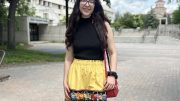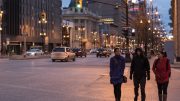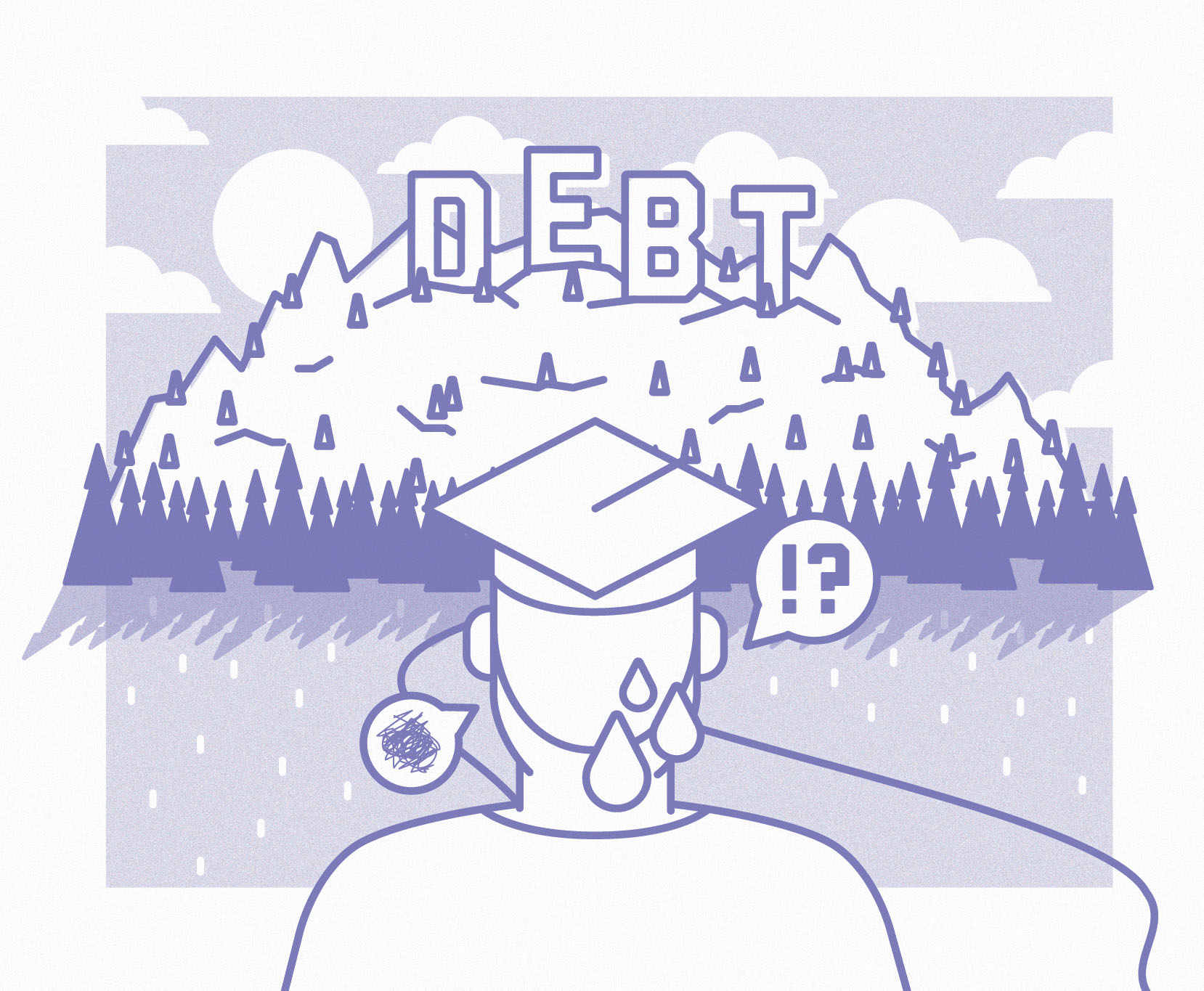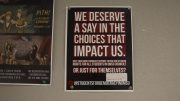UMSU had a simple message for students this federal election cycle — get out and vote.
Part of a larger effort led by the Canadian Alliance of Student Associations (CASA), the Get Out the Vote campaign had student volunteers canvassing the main floor of UMSU University Centre for vote pledges from Oct. 15 to 18. While not an official member of CASA, UMSU joined the effort to encourage stu-dents to exercise their right to vote in Monday’s federal election.
According to an open letter signed by members of the Undergraduates of Canadian Research-Intensive Universities (UCRU), there are more than 2.5 million voters on post-secondary campuses, representing a significant voting base.
While UMSU president Jakob Sanderson said the potential impact is consequential, he emphasized students do not all think alike.
“It’s kind of a narrative I’ve pushed back against a little bit — that student voters are this homogenous bloc that all think the same and all have the same issues,” he said.
“I think we need to treat students — and treat young voters, generally — the same way we treat the whole population [in] that they are an informed voter base, they’re a passionate voter base, and they’re also not one that has all the same opinions and the same priorities on everything.”
Sanderson said despite differences in individual opinion, the power held by young voters this election was a fact that could not be ignored by political parties, noting parties and governments both tend to neglect young voters.
He added that casting a ballot is “absolutely integral” for students and young people “to establish them-selves as a really active voter base so that when governments are making their policy decisions, they have to come to students and they have to ask us, ‘What do you think we should be doing?’”
“They have to be considering us in their actions not only in election time, but in the rest of their [time in] government.”
Speaking to UMSU’s priorities this election, Sanderson pointed to the open letter sent to party leaders by UCRU — which counts UMSU among its members — that listed concerns such as post-secondary job creation and education accessibility and affordability.
While outlining a range of issues, Sanderson stopped short of naming a top concern and instead encouraged students to highlight their own with their ballot.
“I’m not going to put forward any most important issue that I think should be the most pressing to stu-dents,” he said.
“What I think what’s most important is that students make their voice heard in this election by voting. I think that’s a great way for students, individually, to put their own most important issues at the front of mind of politicians in the next government.”
Sanderson stressed the importance of voting as a means of expression and change, saying “If you have an opinion on the direction in which this country should go, voting is the simplest way to express it.”
Kadeyn Labossiere, a second-year history student, was so excited to vote in his first federal election he cast a ballot at the advance polls.
He said he felt the student vote would have an impact this election, and expressed the importance of voting and the negative effects of the lack of student participation in past elections.
According to Elections Canada, voter turnout in the 18-24 age group was at 38.8 per cent in 2011. It jumped to 57 per cent in 2015.
Labossiere said he wants to see apathy toward the electoral process among young people fade away with larger numbers attending the polls.
“Voting is important, especially for young people, because young people especially don’t vote and because they don’t vote, politicians have no incentive to work for their trust,” he said.
“So that’s why I feel that it’s important in order to get our demographic represented in our government.”





